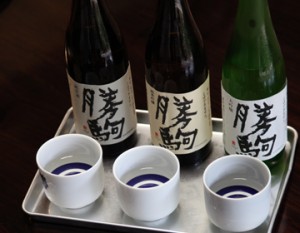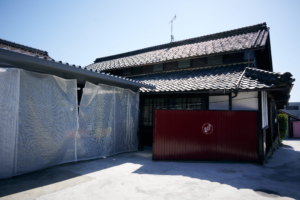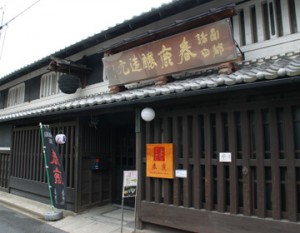Naraijuku is located in the south of Shiojiri City, Nagano Prefecture. The old post town, which was one of the eleven Kiso inns along the Nakasendo route from Edo to Kyoto, still retains the atmosphere of those days and has been designated as a national important preservation district for groups of traditional buildings. In the Edo period (1603-1867), the town was known as “Narai Senken,” and many people used to come and go. Although it is still a tourist destination that attracts approximately 600,000 visitors annually, inns and restaurants have gradually disappeared from the town as the traditional purpose of using the area for lodging has faded. The Suginomori Sake Brewery, located in a corner of the town and loved by local residents as one of the five best sake breweries in Kiso, regrettably closed its doors in 2012, ending more than 200 years of history since its establishment in 1793.
The newly reborn sake brewery “Suginomori Brewery”
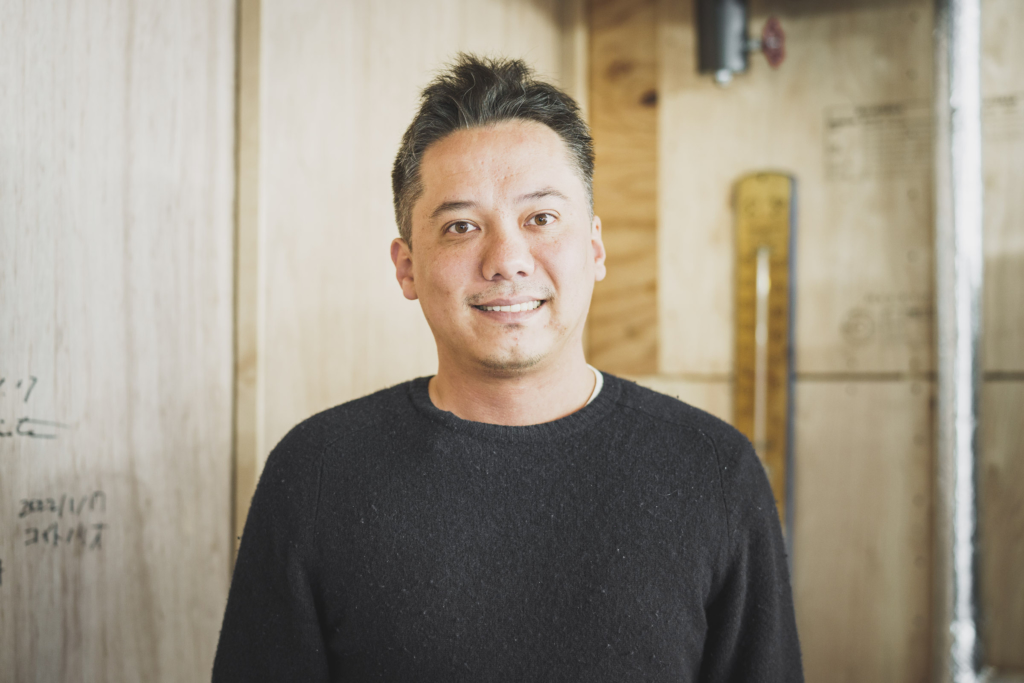
In 2020, however, a project was launched to renovate the dormant sake brewery and a nearby guest house to create a lodging complex that would serve as a hub for visitors touring the Naraijuku area. Hiroshi Sandberg joined the project as a project advisor and was suddenly given the task of revitalizing the sake brewery, an important part of the project. Sandberg is a returnee with mixed roots, having a Swedish-American father and Japanese mother. He was involved in the revitalization of hotels and inns as part of his former company’s operations, and through this experience, he focused on the revitalization business utilizing Japan’s historical resources, and established Kiraku Co. Kiraku has been involved in the revitalization of regions throughout Japan, including the “Kiraku Obi” luxury accommodation facility in a fully renovated old private house in Nichinan City, Miyazaki Prefecture, the “Nazuna” ryokan-style accommodation facility in a historic building in Kyoto, and the “Kiraku” single building rental facility. He has transformed many idle real estate properties into businesses, but he had absolutely no experience in sake brewing. It was a challenge to break new ground.
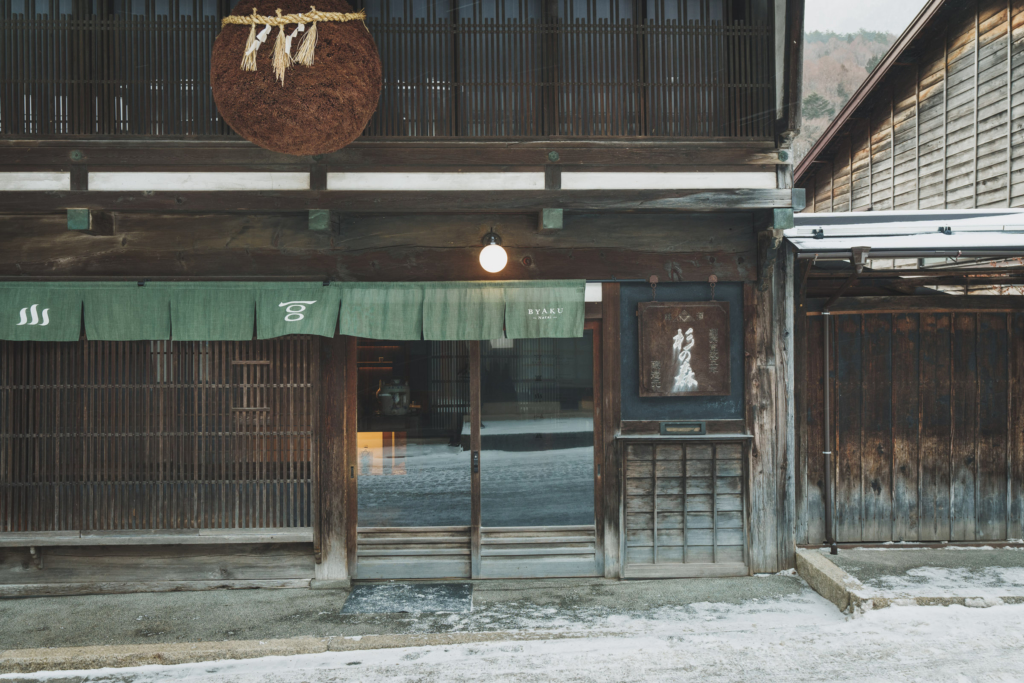
However, as soon as he saw the building, his intuition took precedence: “It is rare to find a sake brewery in the middle of a sightseeing area. Many sake breweries are located in the suburbs for reasons of site and brewing environment, but the brewery felt that the building had a story to tell, having accumulated history along with the scenery of Narai-juku since its establishment. Another factor that encouraged him was the fact that the brewery still had its “sake brewing license,” which would normally have expired after the brewery closed and the business was notified of its closure. Today, it is difficult to obtain a new sake brewing license unless you have something to show for it. Of course, he understands that sake brewing is not as easy as one might think. After starting the project, he approached several breweries to see if they would be willing to cooperate with him and help with operations, but he did not receive a positive response from any of them. In the midst of all this, they invited Mr. Hidehiko Matsumoto, whom they had met through a previous project in Kyoto, to serve as an advisor. He was the toji (master brewer) of the Matsumoto Sake Brewery in Kyoto at the time, and was well known and respected in the sake industry for his “Sawaya Matsumoto Morihate” and other famous sake products. The project was launched, but Mr. Matsumoto was a little concerned about one thing. The warehouse was only 250 square meters in area.
As one might expect, few sake breweries in Japan would be able to brew sake on such a small site. However, the traditional business model of sake breweries, which is to “only brew in winter” and “only wholesale to wholesalers,” does not match the needs of the modern age, right? Based on this hypothesis, the company decided that this size was just right, as it would allow for year-round sake brewing under the watchful eye of the toji. In addition, the brewery is located in close proximity to a restaurant in the complex, allowing visitors to watch the sake brewing process up close while they dine. We thought this entertainment value was an important piece to the business, which is why we were so particular about this location.
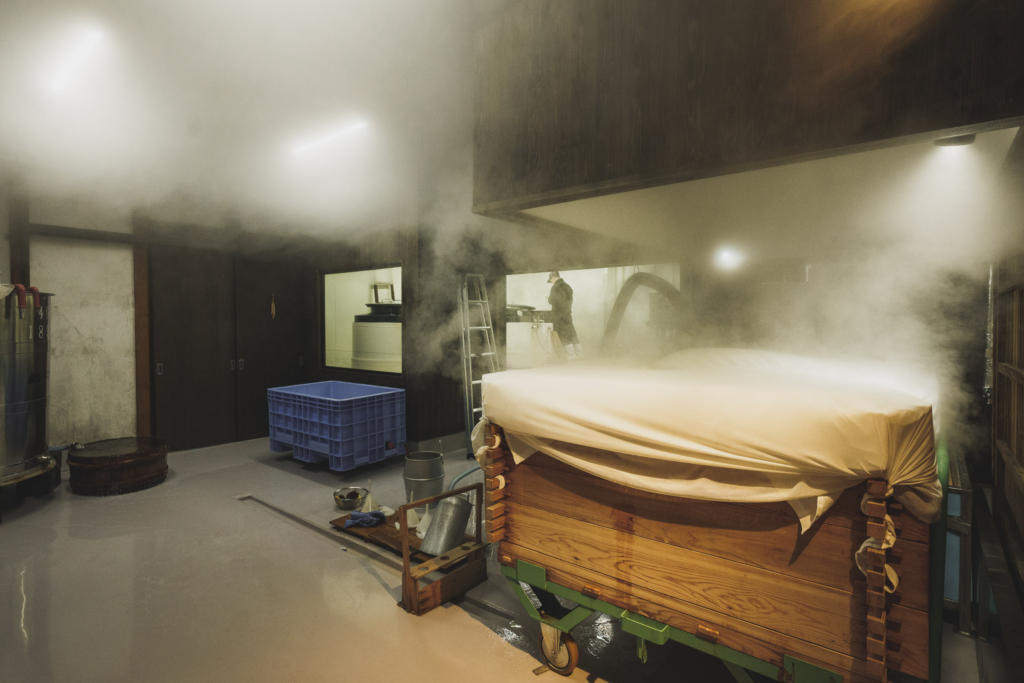
The birth of the sake “narai”
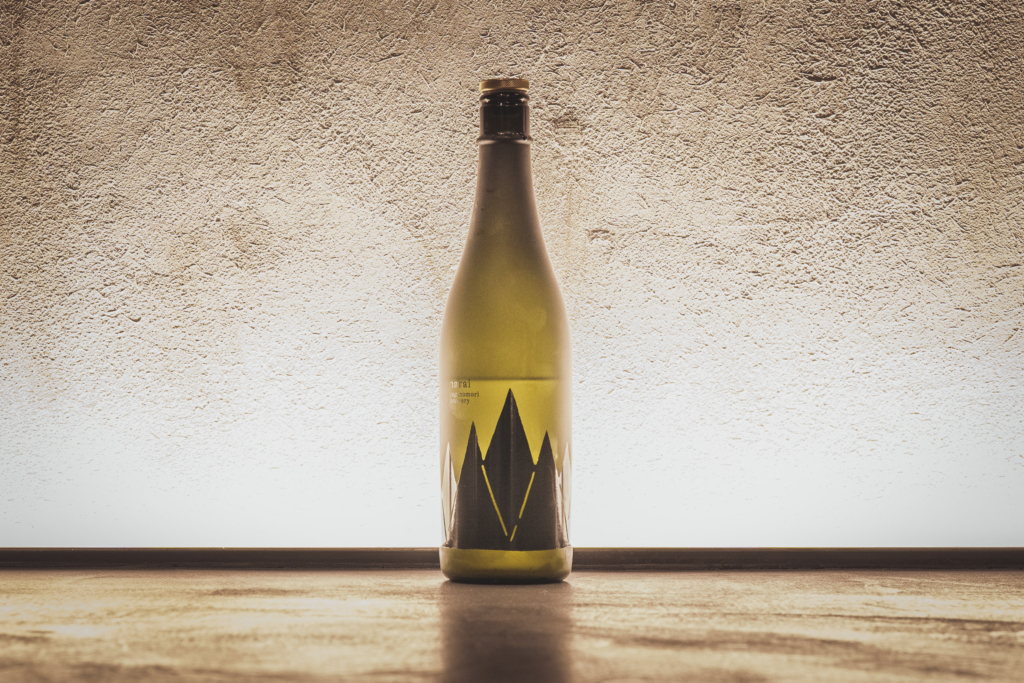
After that, we spent about a year planning the story of the product release in reverse, launching the website, selecting the most appropriate channels, and other development activities based on our advanced marketing skills. The brewery’s toji, Masayuki Irie, who had studied sake brewing at Matsumoto’s brewery and other breweries around Japan, was invited to be the toji, and finally the “suginomori brewery” was launched, with the first sake production beginning in October 2021. The name of the sake brewed by Suginomori brewery is “narai. Like whiskey, the sake is named after a famous Japanese liquor, and is named after a place. Of course, tracing is not the only reason. By naming it after a place, we thought we could approach it from both hooks, the sake and the name of the place, in this age of widespread web searches. To live up to the name, we also pursued a flavor unique to the area. The mountain water from the Kiso River, which has been used since the time of the previous generation, “I have drunk many kinds of water throughout Japan, but the water from Narai has a top-class, clean texture.” Mr. Matsumoto praised the water so highly. The brewer insists on “Shinshu Shibori,” a method of squeezing the water using local products as much as possible, while staying close to the blessed natural environment. Of course, to avoid being too particular and niche, he is considering the global market and aims to create sake that can be enjoyed by everyone. Being involved in this project and being a returnee myself, I was able to get a bird’s eye view of the challenges of sake brewery management in Japan, such as weak management that relies on experience and the need to improve information dissemination. The introduction of seasonal brewing to improve production efficiency and provide stable employment for employees is another idea that is typical of Sandberg, who has lived abroad for a long time and is able to honestly question traditional Japanese industries. In the future, he would like to use the knowledge he has gained here to actively engage in the revitalization of sake breweries that have fallen into financial difficulties.





